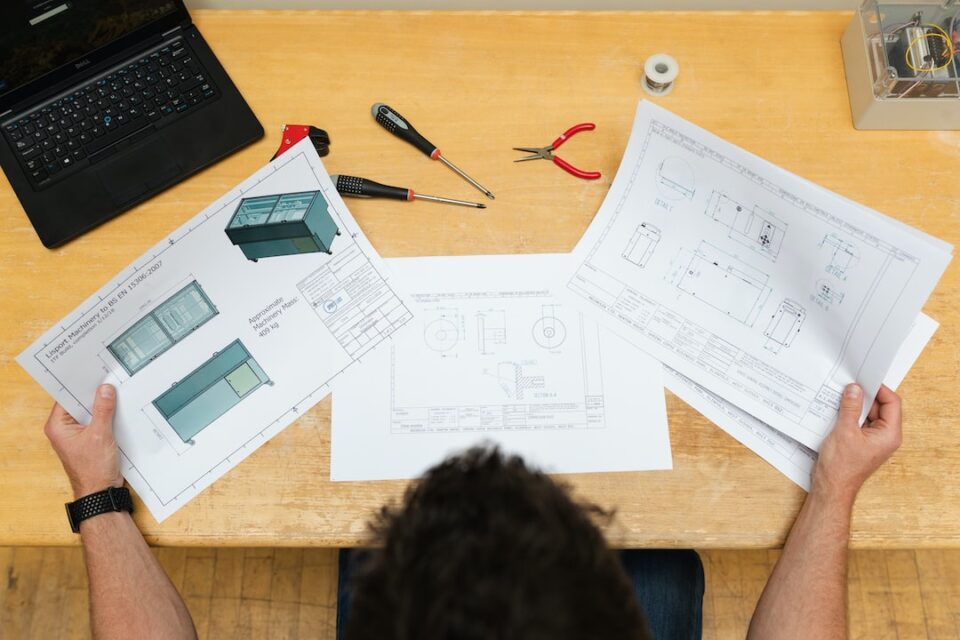Exploring the Potential Applications of 3D Printing in Engineering and Manufacturing Industries
Technology has revolutionized the way we live and work, bringing numerous advancements that have significantly impacted various industries. One such innovation that has gained substantial attention in recent years is 3D printing. Although initially considered a novel concept, 3D printing has quickly found its applications in a multitude of fields. In this blog post, we will explore the potential applications of 3D printing in engineering and manufacturing industries.
Before delving into the applications, let us first understand what 3D printing entails. 3D printing, also known as additive manufacturing, is a process where three-dimensional objects are created by adding layer upon layer of material. This differentiates it from traditional subtractive manufacturing methods, where parts are carved out of solid blocks. By utilizing this layer-by-layer construction method, 3D printing offers unparalleled design freedom and flexibility.
One of the primary applications of 3D printing in engineering and manufacturing is rapid prototyping. Engineers previously had to rely on lengthy and expensive mold-making processes to test their designs. With 3D printing, prototypes can be built quickly and cost-effectively, allowing for iterative improvements and reducing time-to-market for innovative products. This technological advancement also enables designers to evaluate the form, fit, and function of a part before investing in expensive tooling.
Beyond rapid prototyping, 3D printing has numerous potential applications in the actual manufacturing process. One such application is the production of complex geometries that are either difficult or impossible to achieve using traditional machining techniques. 3D printers can construct intricate structures with internal cavities, lattices, or honeycomb patterns, which cannot be replicated with traditional manufacturing methods. These innovative designs can offer enhanced performance and functionality, particularly in industries like aerospace, automotive, and medical.
Moreover, 3D printing allows engineers to optimize the material usage, reducing waste and cost. Traditional manufacturing can lead to substantial material wastage during the machining process, but with 3D printing, only the necessary material is used, minimizing waste. Additionally, materials can be precisely placed where needed, resulting in stronger and lighter components. This weight reduction is of particular significance in aerospace and automotive industries, as it contributes to fuel efficiency and overall performance.
Another potential application of 3D printing in manufacturing is customization. The ability to create unique, one-of-a-kind products has long been an aspiration for many industries. 3D printing enables the production of personalized goods, tailored to individual needs and preferences. This customization can be seen in industries such as fashion, where 3D printed apparel and accessories are becoming increasingly popular, as well as in medical prosthetics, where personalized devices can greatly enhance the quality of life for individuals.
Furthermore, 3D printing is opening doors to the creation of spare parts on demand. Instead of relying on warehouses filled with components that may never be used, companies can now store a digital inventory of 3D models and print parts as needed. This reduces inventory costs, minimizes obsolescence risks, and allows for a more sustainable and efficient supply chain.
Lastly, 3D printing is empowering researchers and innovators to explore new materials and their potential applications. The flexibility of 3D printing allows for the incorporation of various materials into a single printed product, such as metals, plastics, ceramics, and even living cells. This opens up endless possibilities for advancements in material science and the creation of new products with extraordinary properties.
In conclusion, the applications of 3D printing in engineering and manufacturing industries are vast and ever-expanding. From rapid prototyping to complex geometric manufacturing, customization, spare parts production, and material exploration, 3D printing offers exciting opportunities for innovation. However, it is important to acknowledge that there are limitations and challenges that need to be addressed, such as scalability, speed, and cost-effectiveness for mass production. Nevertheless, the potential of 3D printing to revolutionize the manufacturing landscape is undeniable, and its impact on various industries will continue to unfold in the coming years.

